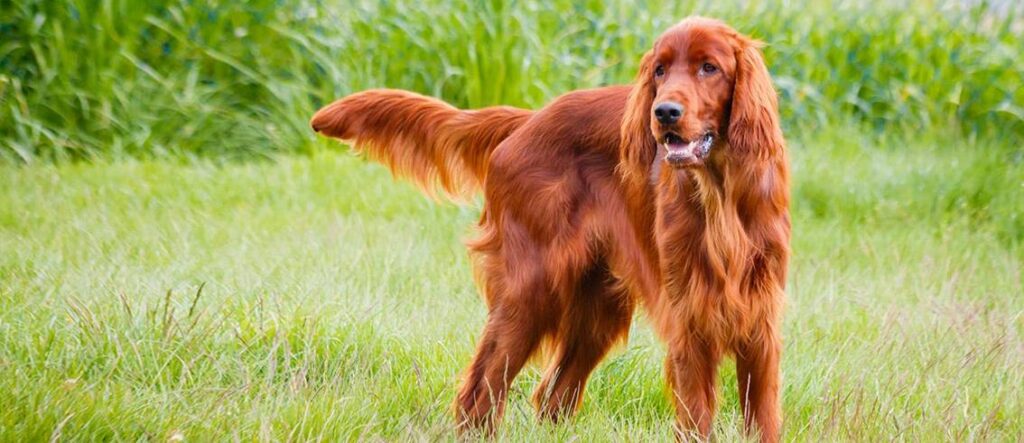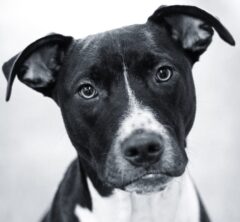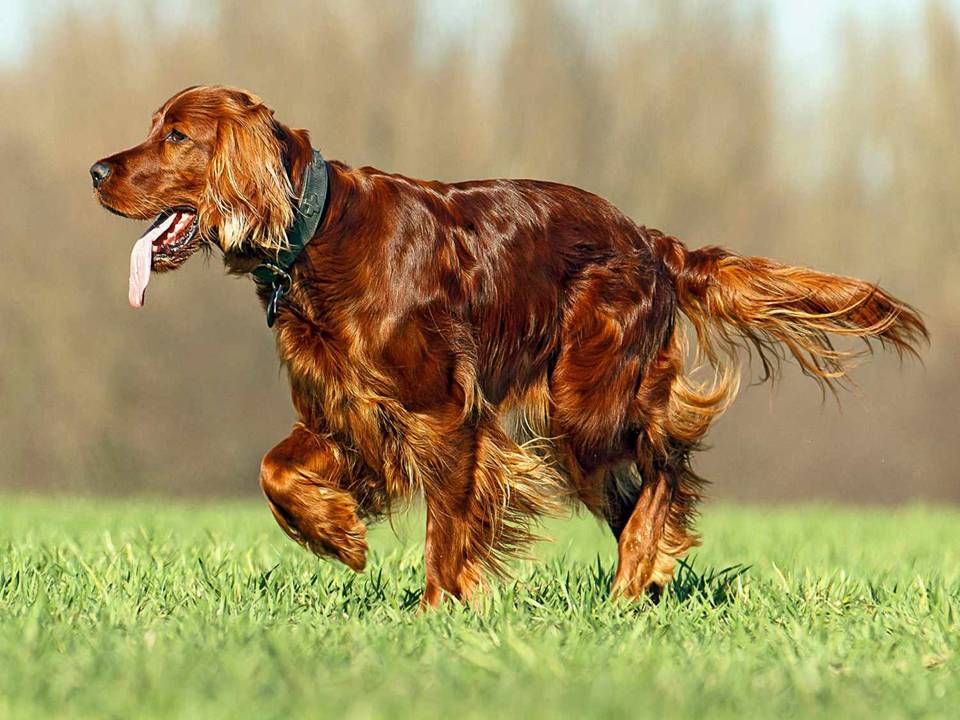The Irish Setter with A Rich History
The Irish setter is a breed known for its stunning red coat and graceful build. Today, it is a beloved gundog and family companion. Its history spans centuries, and the breed has changed in both appearance and role over time. This essay explores the Irish setter’s origins, its development in Ireland, its early use as a hunting dog, and its rise to global popularity.
Origins in Ireland
The Irish setter’s roots trace back to 18th-century Ireland. Hunters and breeders wanted a dog that could excel at finding game birds like partridges, quails, and pheasants. They aimed to create a dog with a strong sense of smell, stamina, and agility to navigate Ireland’s rough, boggy terrain. The result was a versatile hunting dog known for its “setting” behaviour. When the dog located game, it would freeze or crouch low, allowing the hunter to approach quietly before flushing the birds into the air.
The exact ancestors of the Irish setter remain unclear, but breeders likely crossed several breeds, including the Irish Water Spaniel, English setter, and possibly pointers. Early Irish Setters did not have the solid red coat we see today. Instead, they came in various colours, including red and white. The red-and-white variety still exists and is known as the Irish Red and White Setter. By the 19th century, breeders began favouring the solid red coat, which eventually became the breed’s signature look.
Development as a Gundog
In its early days, the Irish setter served primarily as a working dog. Hunters used it to locate and point to game birds. The breed’s speed, intelligence, and sharp senses made it an excellent hunting companion, especially in Ireland’s challenging landscapes. Irish Setters could cover large areas quickly, using their keen sense of smell to find birds hidden in tall grass or dense brush. Once they located the birds, they would crouch low to signal the hunter.
The breed’s skills earned it a strong reputation in Ireland and
beyond. By the 19th century, Irish Setters had become a favourite in field trials and hunting circles across Ireland and Britain. Their ability to work in tough conditions made them highly valued among hunters.
The Rise of the Solid Red Coat
Early Irish Setters came in many colours, including red, white, and red-and-white. However, the solid red variety gradually gained popularity. In the 19th century, Irish breeders began selectively breeding for the deep mahogany or chestnut red colour that defines the breed today. Sir Thomas Power of County Waterford played a key role in developing the solid red Irish Setter. He produced some of the earliest known examples of the all-red variety.
By the mid-19th century, the solid red Irish setter had become a favourite in dog shows, which were growing in popularity. Breeders focused not only on maintaining the dog’s hunting skills but also on refining its appearance for the show ring. The breed’s striking red coat and elegant build made it a standout in competitions.

Popularity Beyond Ireland
As the Irish setter’s fame spread in Ireland and the UK, the breed began to gain attention overseas. In the 19th century, Irish Setters were brought to the United States, where they quickly became popular as both hunting dogs and family pets. Their beauty, intelligence, and friendly nature made them a favourite among American dog lovers. Soon, the Irish setter became a symbol of elegance and nobility in American households.
The breed’s popularity peaked in the 20th century, especially during the 1960s and 1970s. This was partly due to its appearances in movies, TV shows, and advertisements. One of the most famous Irish Setters was “Big Red,” the main character in Jim Kjelgaard’s 1945 novel and its Disney film adaptation. The story of Big Red, a brave and loyal Irish setter, captured the hearts of many and further cemented the breed’s status as a beloved family pet.
Modern Role and Legacy
Today, the Irish setter is cherished not only for its hunting heritage but also for its role as a companion animal. While some Irish Setters still work in hunting and field trials, most are now family pets. The breed is known for its friendly, outgoing personality and boundless energy, making it a great fit for active households.
In dog shows, the Irish setter continues to impress with its striking appearance. Judges and audiences admire its rich red coat, flowing feathering, and graceful movement. The breed often ranks highly in competitions, showcasing its beauty and elegance.
Conclusion
The Irish setter has come a long way from its beginnings as a working gundog in Ireland. Through careful breeding and the dedication of enthusiasts, it has become a global symbol of beauty, grace, and companionship. While its hunting roots remain an important part of its history, the modern Irish Setter is much more than a working dog. It is a cherished family member and a beloved figure in the world of dog lovers. The breed’s story highlights its versatility, intelligence, and timeless appeal.


